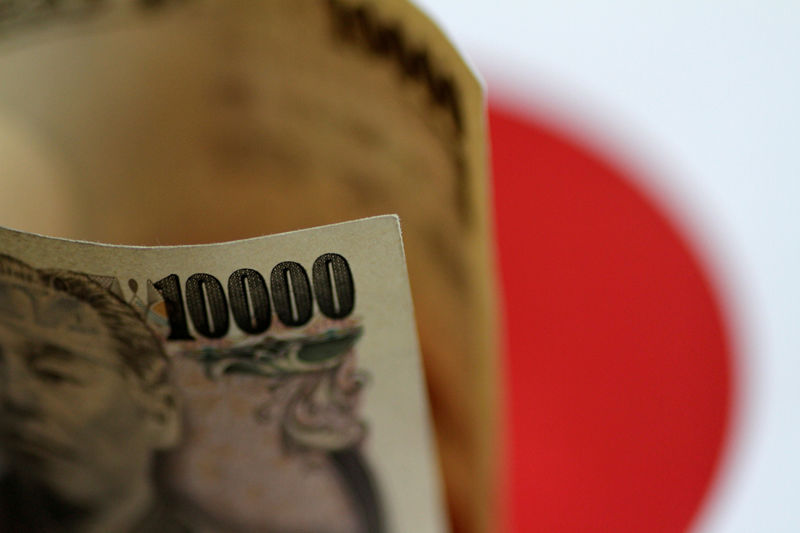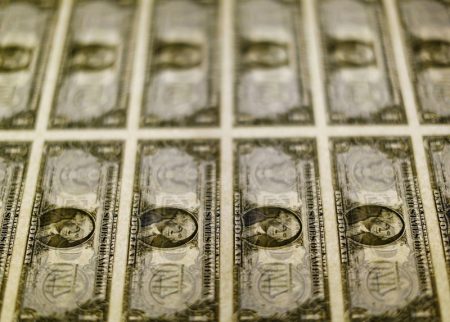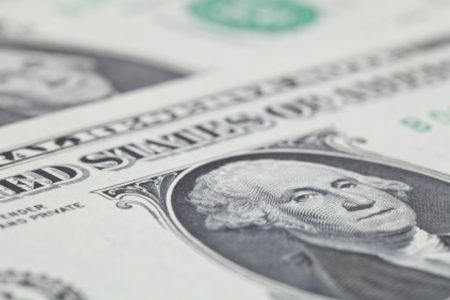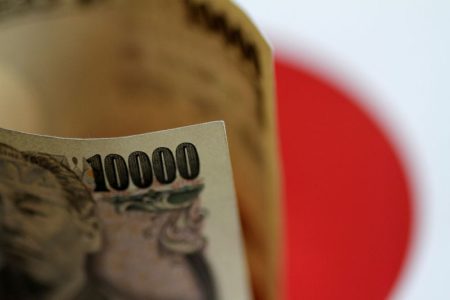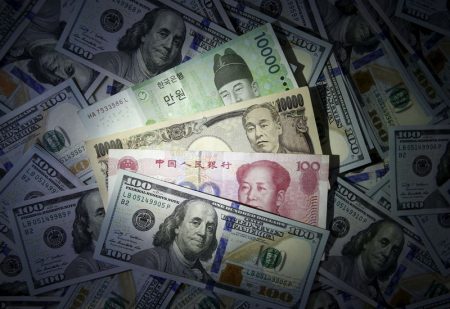By Kevin Buckland and Brigid Riley
TOKYO (Reuters) – The dollar rose to a one-month high above 144 yen on Thursday as monetary policy divergence was front of investors’ minds ahead of crucial U.S. inflation data later in the day that should guide the path for interest rates.
Meanwhile, the yuan edged further from a one-month trough after the People’s Bank of China again set a stronger-than-expected mid-point guidance rate in a sign of displeasure at recent weakness. That helped lift the Australian and New Zealand dollars from near two-month lows.
The dollar rose as high as 144.08 yen for the first time since July 7 as markets took the view that the Bank of Japan will be slow to exit stimulus, even with traders mostly betting the Fed is done with rate hikes.
A rise in to the highest since January also weighed on Japan’s currency, because the resource-poor nation is a major oil importer.
“The fact that energy prices have risen for almost seven weeks, that’s certainly weighed on the yen,” said Tony Sycamore, a market analyst at IG.
A break above 145 would open the way potentially to 148 “if we get the U.S. dollar flexing again after the CPI,” he said.
Despite the BOJ’s decision to relax its control of long-term yields at the end of last month, policymakers have stressed the change was a technical tweak aimed at extending the shelf life of stimulus, chiefly defined by the negative short-term interest rate.
“Weak Japanese labour cash earnings data earlier this week has increased our conviction that the BOJ will leave interest rates unchanged at ‑0.1% over the rest of the year,” Commonwealth Bank of Australia (OTC:) strategist Kristina Clifton wrote in a note.
“The relative monetary policy outlooks between the U.S. and Japan suggests is likely to stay supported.”
Against other rivals, dollar moves were muted ahead of the CPI data, with the – which measures the currency against the yen and five other currencies, including the euro and sterling – was basically flat at 102.50 in the Asian afternoon, near the centre of its roughly 101.98 to 102.80 trading range this week.
Compared to last Friday though, the index has appreciated 0.5%, setting it up for a fourth straight weekly gain.
The dollar has benefited from safe-haven demand in the wake of a run of poor Chinese economic data, while the narrative continues to build for a soft landing for the U.S. economy as price pressures mitigate.
Wall Street economists forecast the core consumer price index (CPI) to have risen 4.8% year-on-year in July, unchanged from the previous month.
Money markets currently lay 86.5% odds for the Fed to forgo another rate hike at its September meeting, and foresee the next move as a cut, likely in spring of next year.
Data on Wednesday showed the Chinese economy slipped into deflation last month, after a report the previous day showed a bigger than expected slump for both imports and exports.
However, the yuan edged up slightly to 7.2246 per dollar in offshore trading, strengthening for a second day, after the PBOC set a stronger official mid-point than the market consensus again on Thursday. The sank to the weakest since July 7 at 7.2514 on Tuesday.
The , which has tended to follow the yuan closely this week, rose 0.15% to $0.65385, rebounding from Tuesday’s trough at $0.6497, the lowest level since June 1.
New Zealand’s rose 0.1% to $0.6058, pulling away from Tuesday’s low of $0.6035, which was the weakest since June 8.
Read the full article here
